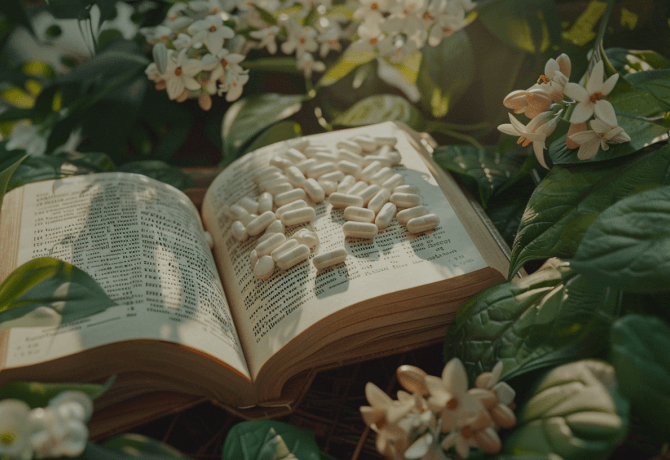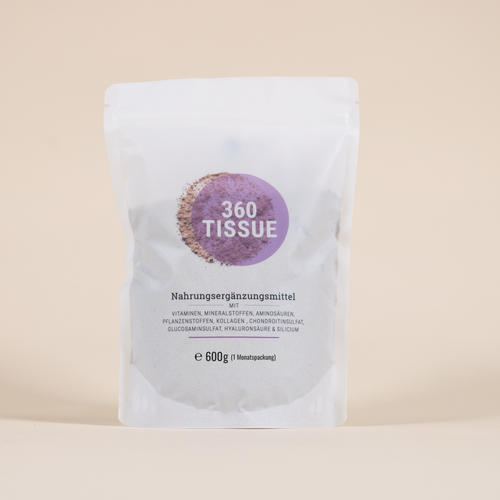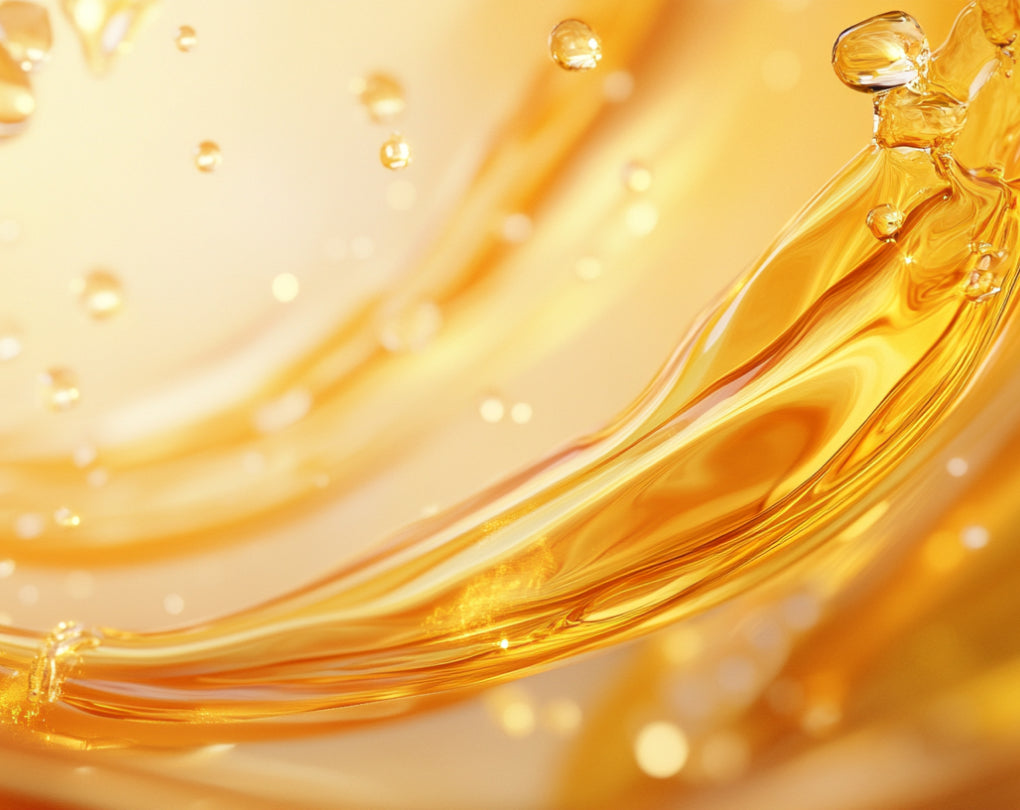Themen dieses Blogartikels:
What is boron?
Boron is a chemical element. In the periodic table of elements, it is in the 3rd main group, marked with the symbol B and atomic number 5. It is a rare trivalent semimetal with an average mass of around 10 g/mol. As a so-called trace element, your body only needs very small amounts, i.e. traces, of it.1
What are the functions of boron?
Unfortunately, not much is known about this rare semi-metal. It appears to perform a variety of tasks in the human organism. In addition to vitamin D utilization, boron is said to have an influence on bone and brain metabolism2 and is involved in combating inflammation.3 The list of its possible functions is long, but these have not yet been sufficiently proven by studies. For this reason, boron has so far been assessed by the European Food Safety Authority (EFSA) as a non-essential trace element.4 Nevertheless, it is regarded as a nutritionally valuable substance.5
What makes boron unique?
In the human body, boron is a cofactor of vitamin D metabolism, together with other micronutrients such as vitamin K2.6 In plants, boron promotes cell division, cell differentiation and metabolism, which is why the substance is used as a fertilizer in agriculture.7 Industry uses boron compounds as detergents, optical fibres and ceramic glazes, among other things.8
How much boron do you need per day?
As boron is currently only considered a “possibly essential” trace element, there is no official intake recommendation from the German Nutrition Society (DGE). However, it is known from animal experiments that boron deficiency can cause health problems. Based on these experiments, the daily requirement for humans has been estimated: this is 1.62 mg boron per day for women and 1.72 mg for men.9
When do you need boron most?
When taking vitamin D, care should be taken to ensure a sufficient supply of boron, as it is a cofactor in its utilization. Boron could also be helpful for bone metabolism, inflammatory joint diseases and brain activity - although this has not yet been sufficiently proven.10
How does a boron deficiency develop and how does it manifest itself?
A boron deficiency is often the result of malnutrition. However, so-called absorption disorders can also lead to the gastrointestinal tract not being able to absorb enough nutrients from food. Chlorine, for example as an additive in drinking water or in antibiotics, also has a negative effect on the absorption of boron. Possible signs of an undersupply are unstable bones, joint pain and hair loss.11
What happens if there is an overdose of boron?
In very high doses, boron can have a toxic effect. This can manifest itself in health problems such as reddening of the skin, anemia and seizures.12
Which foods are particularly high in boron?
Peaches, soy, plums, nuts and red berries contain comparatively high levels of boron. It is also found in drinking water.
This dictionary entry is based on carefully researched sources:
Bibliography & Sources
- flexikon.doccheck.com/de/Bor
- flexikon.doccheck.com/de/Bor
- zentrum-der-gesundheit.de/ernaehrung/mineralstoffe-laufenelemente/weitere-mineralstoffe-urenelemente/borax
- mikronaehrstoff.de/pdf/Groe_Kis_Bor_2015.pdf
- adler-apotheke-kirchheim.de/gesundheitsbibliothek/index/bor/
- imd-berlin.de/aktuelles/aktuelles
- efficientlyduengen.de/2023/bor-in-boeden-und-plants/
- chemie.de/lexikon/Bor.html
- infothek-gesundheit.de/bor-bor Mangel/
- mikronaehrstoff.de/pdf/Groe_Kis_Bor_2015.pdf
- adler-apotheke-kirchheim.de/gesundheitsbibliothek/index/bor/
- infothek-gesundheit.de/bor-bor Mangel/

















